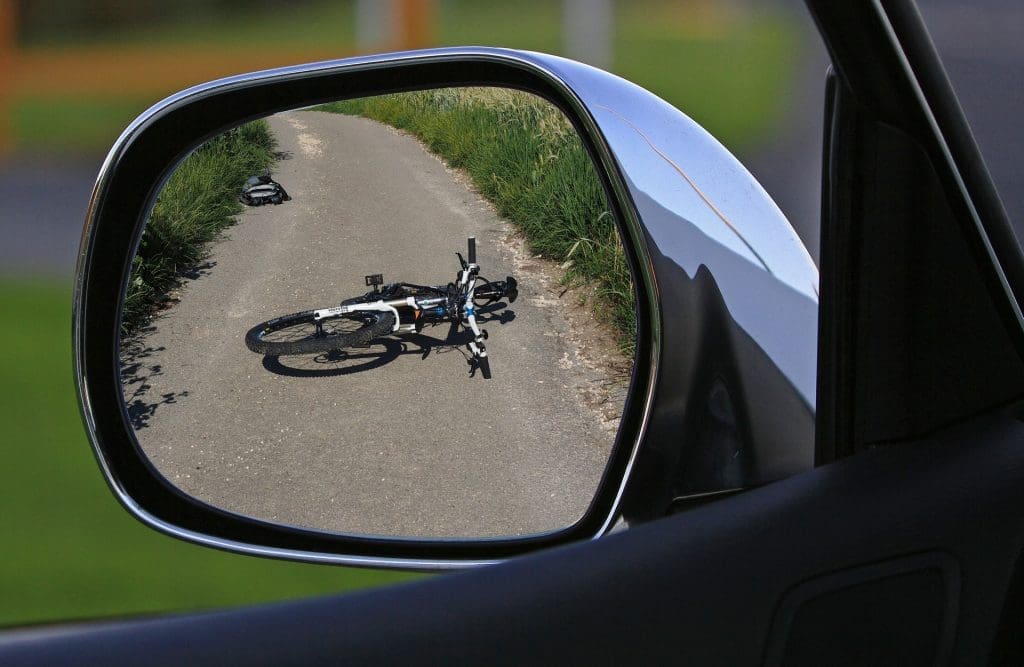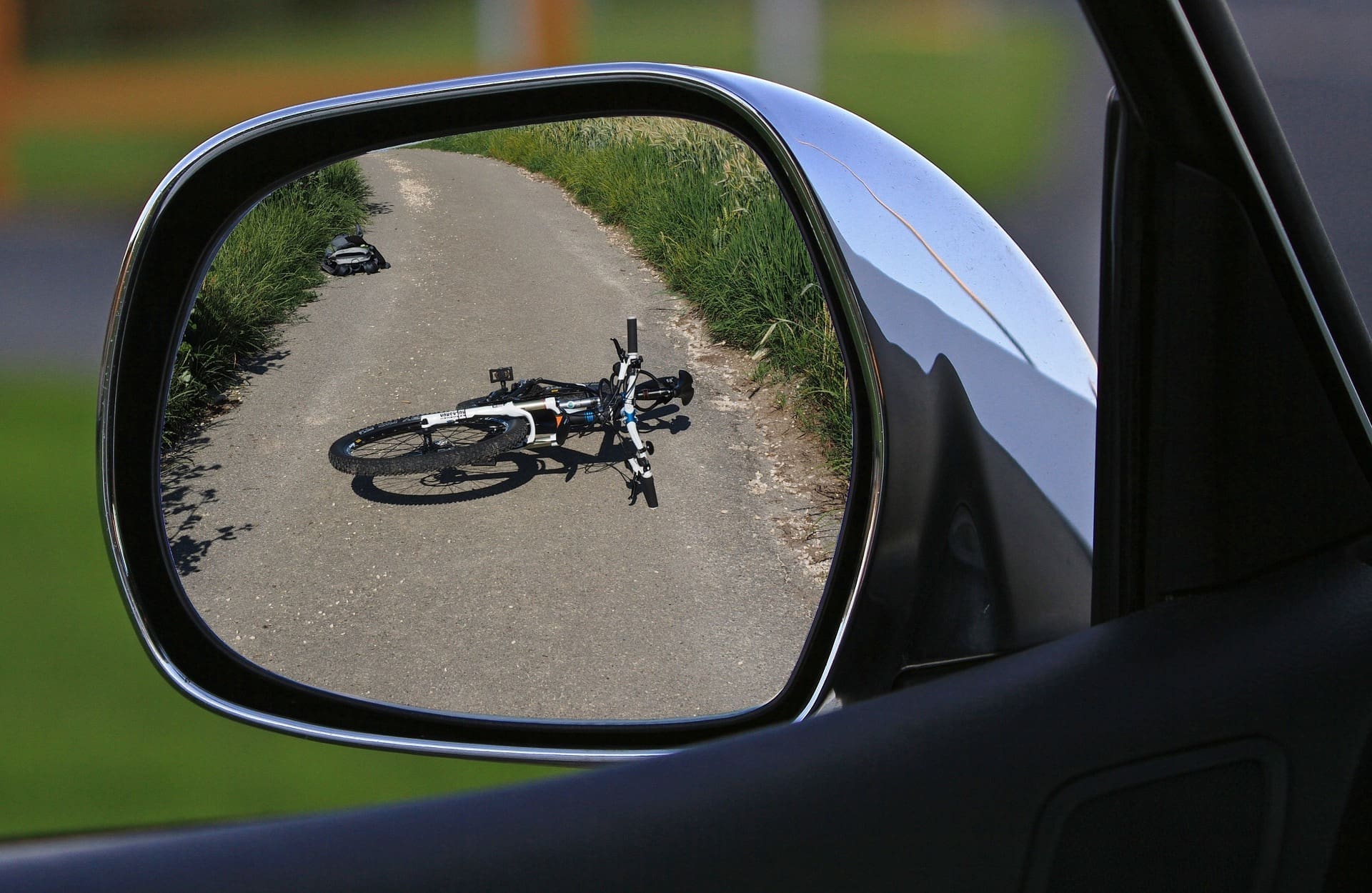Bike Accident; What if a Problem With My Bike was the Cause
A bicycle is a great eco-friendly method of transportation that is good for our environment and good for our overall health and well-being of the rider. The only downside to cycling is that cyclists are especially vulnerable to motorized vehicles because they are faster and heavier and are move prone to a bike accident. That means in most cases, when a cyclist gets into an accident with another vehicle; the other vehicle is responsible.

However, in some cases where a cyclist could be held responsible for the accident, but there are also situations where a problem with the Bicycle caused the accident. In all of those scenarios, the rider should contact a bicycle accident attorney to sort out the legal ramifications. If you have been in a bike accident, you can read more at getinjuryanswers.com to determine how you should approach the accident and what recourse you have.
How a Cyclist Can Be Responsible For an Accident
While the relationship between cyclists and motorists is often contentious, with motorists annoyed at cyclists because the former do not think that the latter follow the rules, and cyclists irritated at the fact that motorists are often reluctant to share the road, both motorists and cyclists have to follow the same rules. That means cyclists must obey traffic signs and signals and cannot ride on the sidewalk. If a cyclist disobeys any of the traffic laws and gets into an accident, then they can be held liable for the losses anyone else suffered in that accident.
The reason is that the liability for vehicular accidents is based on the concept of negligence. That means anyone who operates a vehicle must do so in a responsible manner that shows care for other people on the road. That extends to cyclists as well, even though their vehicle is lighter and slower than motorized vehicles. Cyclists should not only obey the traffic laws; they should take additional safety steps as well. Those steps include installing lights and reflectors on their bikes and wearing a helmet. In fact, if a city or state requires cyclists to wear helmets, then a rider may have a hard time getting compensation if they were not wearing one when they got into an accident.
If a problem with the Bicycle Caused an Accident
It depends on the source of the problem; if it was a manufacturing defect that, for example, caused the brakes to fail, which led to a cyclist failing to stop at a Stop sign and cause an accident, then the manufacturer of the brakes could be responsible for a defective product. The manufacturer could then face a product liability charge. However, if a part failed because the rider poorly installed it, then the rider is still responsible for the accident.


Sharing the Blame
Even though cyclists can be held responsible for accidents, their smaller size and weight mean that, in many cases, they share some of the blame rather than taking on all of it. This is comparative negligence and means that each person involved in the accident shares a percentage of the blame. That percentage also affects the amount of compensation they receive. So if a cyclist is found to be 30% responsible for an accident, they will receive 70% of the compensation they would have received if they were blameless.
Contact an Attorney if You Were in a Bicycle Accident
Regardless of who is found to be at fault for a bicycle accident, the cyclist will need a bicycle accident lawyer to help them. That is because a lawyer will be able to defend you if you were deemed to be at fault, or they can help you get compensation if the fault lies with someone else. So be sure to contact a bicycle accident lawyer as soon as you can after an accident.




